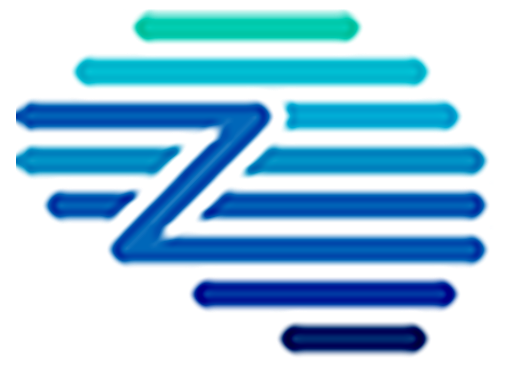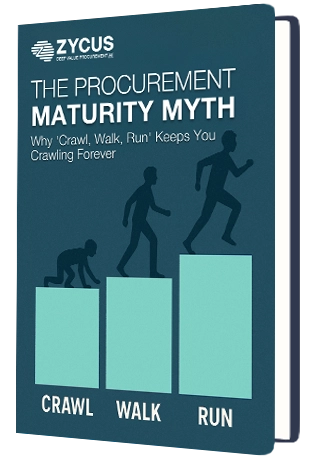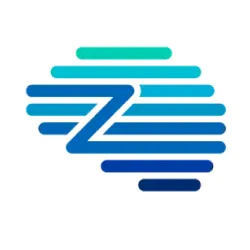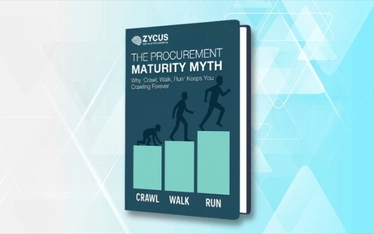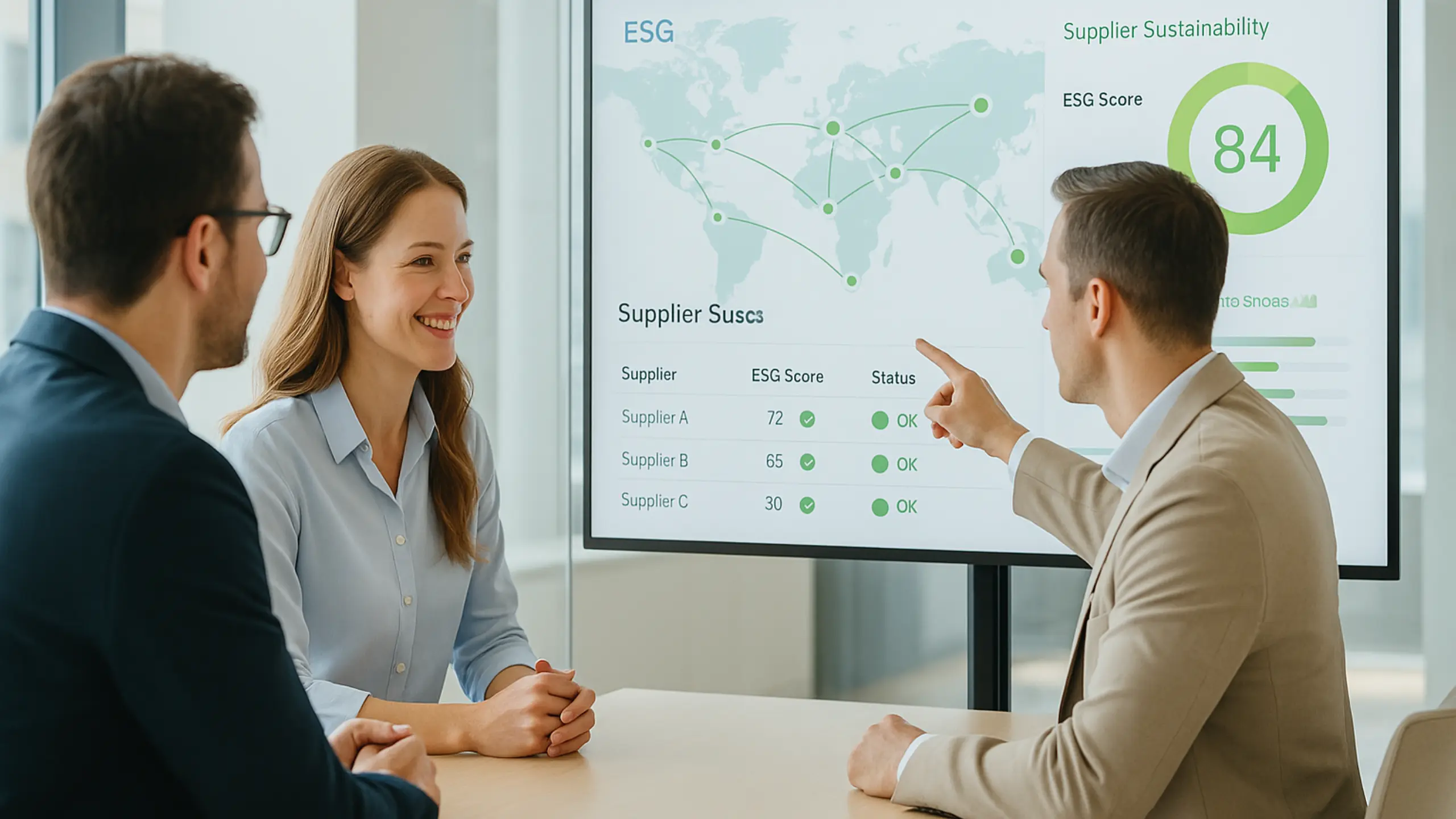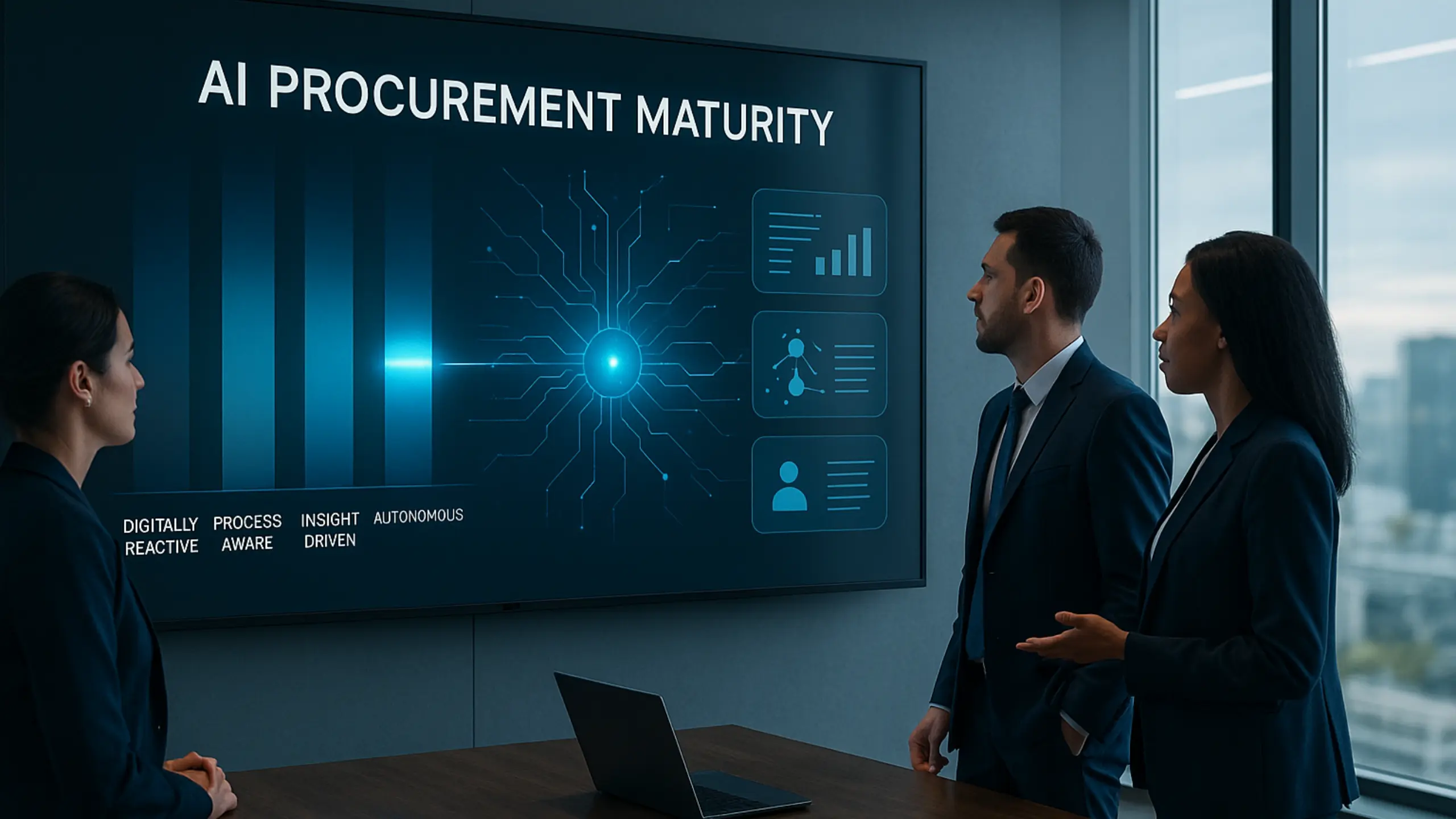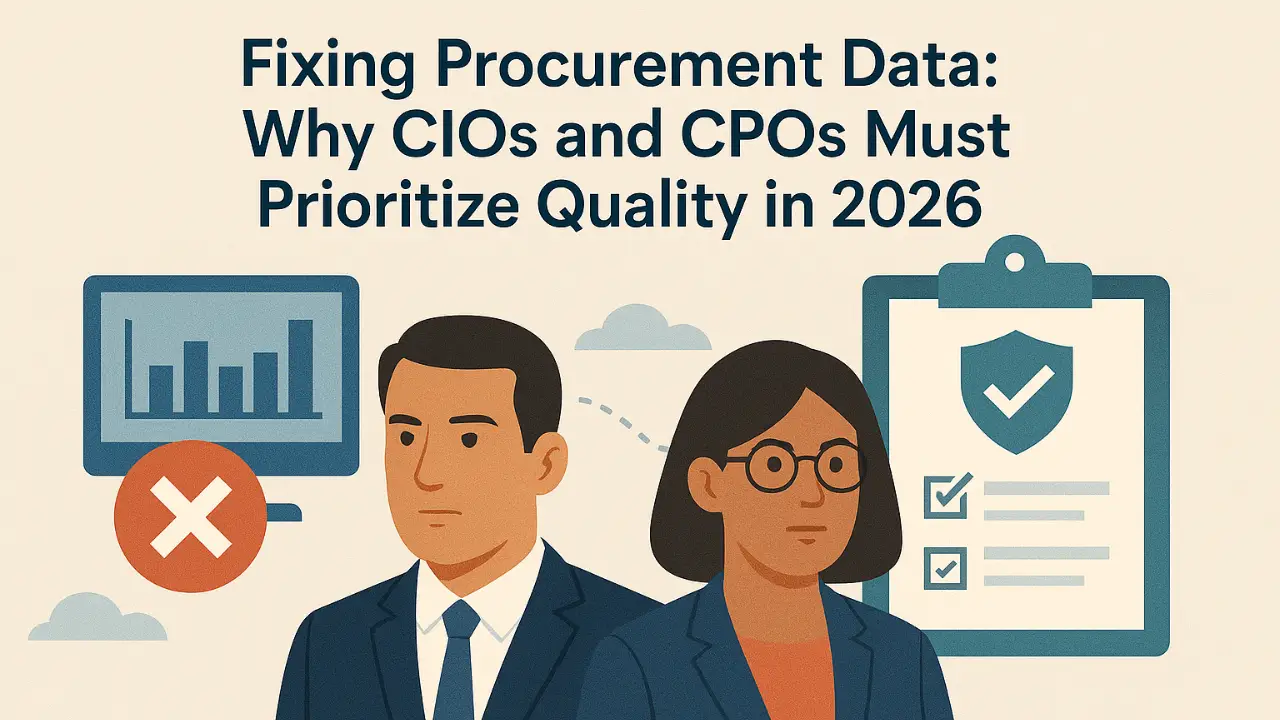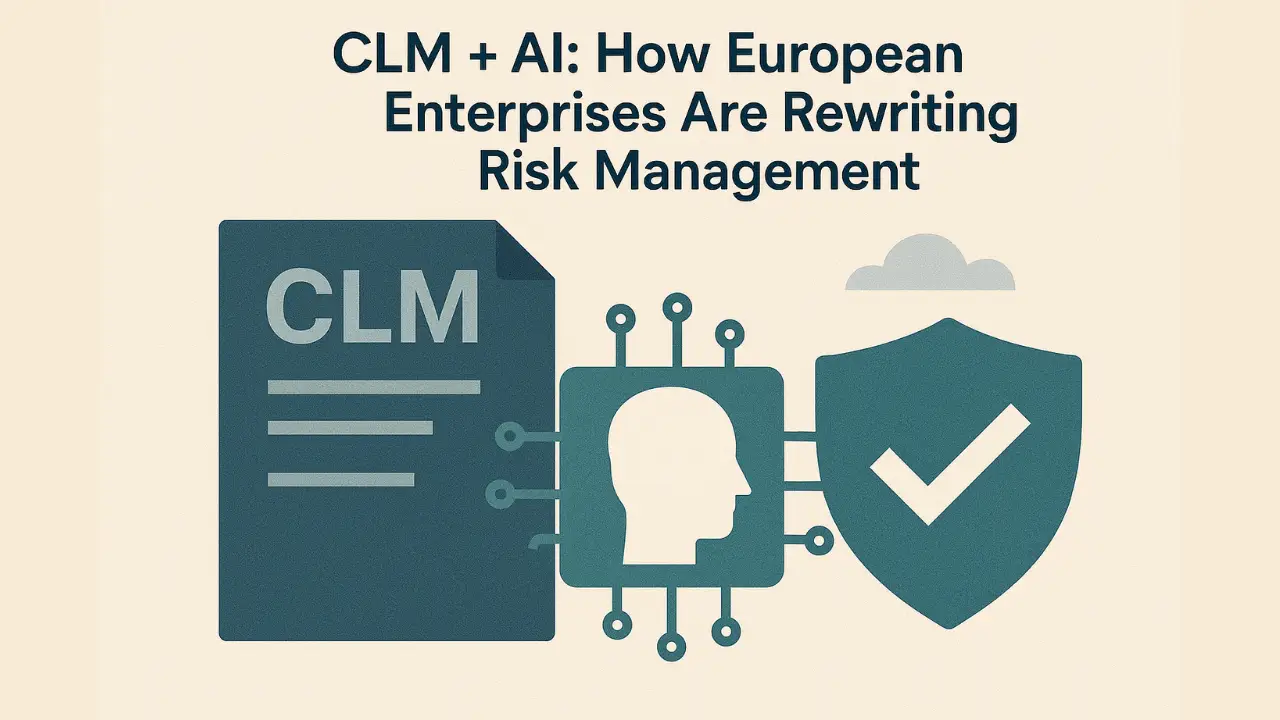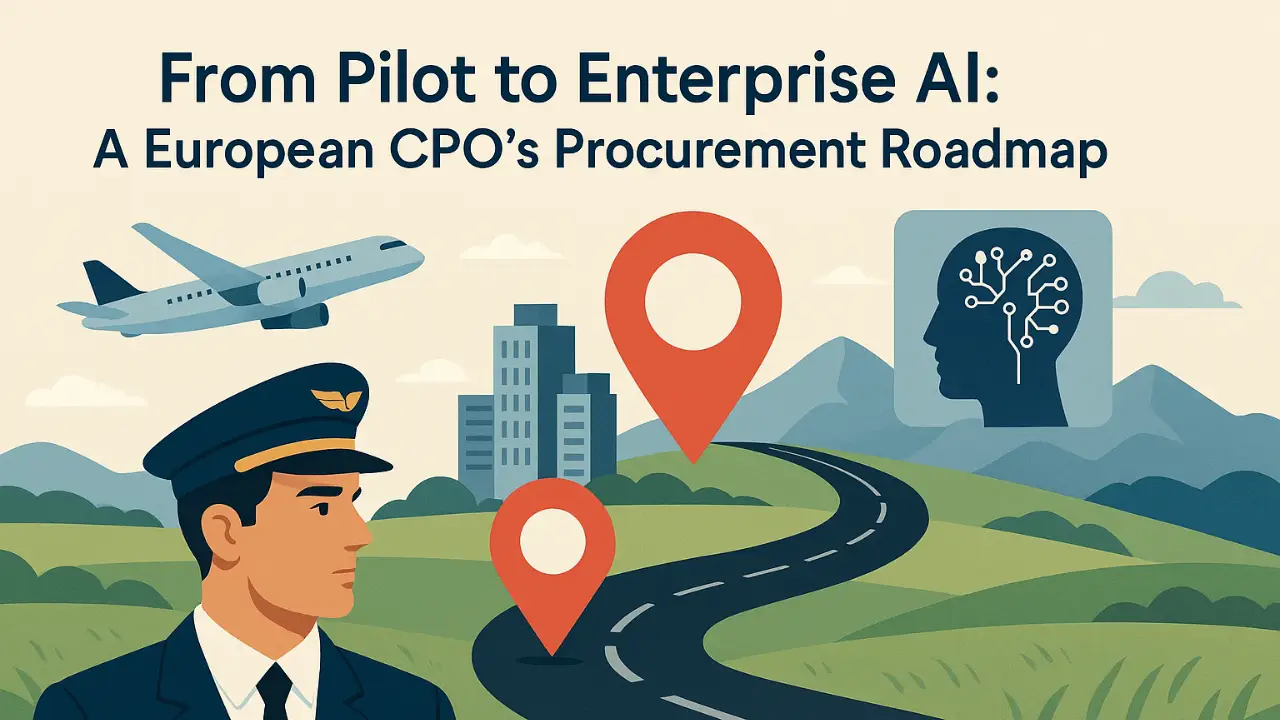First and foremost, to handle rapidly changing demand patterns and agile business operating models, today’s supply chains are undergoing a makeover. The role of procurement in value chain has become pivotal, as supply chains shift from being sedated, uni-dimensional sequences of discrete functions to dynamic, interconnected networks.
Furthermore, to achieve business objectives and deliver customer satisfaction, manufacturing, planning, procurement, inventory management solution, and logistics are harnessing end-to-end procurement in supply chain management solutions.
TL;DR
- Procurement in value chain plays a strategic role, ensuring agility, cost efficiency, and business competitiveness.
- Effective supplier management within the procurement value chain reduces risks, improves compliance, and builds resilience.
- Poorly managed procurement in value chain leads to missed deliveries, process disruptions, and reputational losses.
- Measuring supplier KPIs like on-time delivery, quality, compliance, and sustainability strengthens the procurement value chain.
- Technology and automation (cloud, AI, analytics) enhance procurement in value chain by boosting visibility and collaboration.
- Strategic procurement in value chain transforms supply chains into a long-term business advantage, enabling growth and innovation.
What is the Role of Procurement in the Value Chain?
Procurement in the value chain goes beyond sourcing goods and services—it ensures continuity, compliance, and cost efficiency across the supply chain. In today’s interconnected markets, procurement influences:
- Supplier reliability (ensuring on-time, quality delivery)
- Risk mitigation (reducing disruptions and compliance gaps)
- Cost optimization (balancing savings with value creation)
- Innovation enablement (leveraging supplier collaboration for growth)
Procurement has evolved from a cost-control function into a strategic value driver within modern supply chains.
Why Procurement is Critical for Business Advantage
Procurement touches every element of the supply chain, making it a core business advantage:
- Agility in Demand Fluctuations: Quick supplier realignment ensures continuity.
- Global Market Reach: Helps identify and qualify suppliers in new geographies.
- Compliance & Risk Management: Avoids regulatory penalties and reputational damage.
- Customer Satisfaction: Reliable suppliers enable consistent delivery and product quality.
Procurement and Supplier Management in the Value Chain
It should be noted that supplier risk is known as the second-highest priority for CPOs after managing cost and profit. If not managed competently, supplier performance impacts a company’s financial results and damages its reputation. For this, a comprehensive supplier management strategy is crucial. Procurement authorities with large supplier bases, what is procurement and supply chain management solutions, and a large amount of direct spend, should adopt a supplier risk management strategy. Through this, procurement can create a disciplined framework for suppliers to deliver to the company’s business expectations.
Present Scenario: Supplier Management Practices
As of 2024, Supplier Management practice in many companies-
- is inconsistent
- lacks accuracy
- exists in silos &
- poorly leverages functions (sourcing, contracting, & supplier onboarding)
Consequences: Poor Supplier Management Practices
The supplier value chain can’t be nurtured if inadequate and inaccurate information of supplier capabilities, their qualifications, and past performance expose companies to financial consequences including-
- process disruption
- missed deliveries
- compliance issues &
- reputational losses
Metrics to Evaluate Supplier Performance in the Value Chain
In addition to all the above, companies venturing into markets and in new geographies need to qualify suppliers as their principal business partners that would ascertain-
- On-time delivery rates
- Quality and defect percentages
- Compliance with regulatory standards
- Innovation contributions (new ideas, cost-saving initiatives)
- Sustainability performance (ESG compliance, responsible sourcing)
Also Read: Supplier Performance Evaluation – A Quick Checklist
Transform the Game through Procurement
The tectonic movements in the global supply chain solution require procurement solutions to lead it by example, such as-
- Thoroughly evaluate their supplier base
- Involve them in the bidding processes
- Reward the best supplier/s in the procurement value chain
- Solicit supplier’s participation during contract renewal for the best bargain
- Increase the pace of supplier onboarding
Capabilities for Supplier Risk Management Transformation
At this time, it is important to revise the practice. Not only to induct modern S2P technology, but also to nurture a supplier value chain mindset. Along with the above, for a full-fledged transformation of supplier risk management, abilities to be considered are as below, what is procurement and supply chain management.
- Without a doubt, safeguard a business from risk by reducing supplier management costs by building supplier data inventory that includes supplier categories, regions they represent and historical performance
- Definitely ensure all suppliers have qualified on trust that a business expects for its growth. Safe and responsible sourcing are two critical aspects of reliance from extended supply chains
- unlike previously, execute contracts nearing expiration or revision in terms and conditions that’ll ascertain negligible hindrances to business continuity
Download our whitepaper: How prepared are you to combat your supply chain risks?
Procurement to Initiate Automation in the Supplier Value Chain
Finally, the invincibility of cloud technology to scale up supplier management positions procurement in supply chain management solutions as a strategic business partner. In addition, procurement solutions must introduce automation and streamline processes involved in the source-to-settle cycle. A robust supply chain solution requires synchronization of functions, including manufacturing, production, logistics, inventory management, and procurement solutions.
Furthermore, procurement in the value chain should focus on educating suppliers about their responsibilities and orienting them to fulfill a company’s financial objectives and enhance customer delight. It is indeed time for a transformation in the supplier value chain.
Experience the transformative power of our solutions firsthand—request a demo today and take the first step toward optimizing your procurement processes!
FAQs
Q1. What is the role of procurement in the value chain?
Procurement in the value chain ensures business continuity, cost efficiency, and risk mitigation by managing supplier performance and maintaining reliable supply channels. It transforms procurement from a transactional function into a strategic enabler that drives innovation, sustainability, and customer satisfaction.
Q2. How does procurement create value in supply chain management?
Procurement creates value by optimizing supplier selection, improving contract compliance, and leveraging supplier collaboration for innovation. It aligns sourcing decisions with business objectives, reduces costs, and ensures product quality and delivery performance across the supply chain.
Q3. Why is supplier management essential in the procurement value chain?
Supplier management ensures that every partner in the supply chain meets performance, compliance, and sustainability standards. Effective supplier management reduces risks such as missed deliveries, financial losses, and reputational damage—making it vital for a resilient value chain.
Q4. What are the consequences of poor supplier management?
Inefficient supplier management leads to process disruptions, compliance failures, and delivery delays. It can also expose the business to financial penalties, increased costs, and reputational harm due to unverified or underperforming suppliers.
Q5. What KPIs should organizations track to measure supplier performance?
Key performance indicators (KPIs) for supplier evaluation include:
- On-time delivery rate
- Quality and defect percentages
- Regulatory compliance rate
- Innovation contributions (cost-saving initiatives, new ideas)
- Sustainability and ESG performance
Q6. How does technology enhance procurement in the value chain?
Technology, including cloud-based platforms, AI, and analytics, enhances procurement by automating workflows, improving supplier visibility, and enabling real-time data insights. It allows teams to track supplier KPIs, manage risks, and collaborate efficiently across the entire value chain.
Q7. How can automation strengthen supplier management in procurement?
Automation streamlines supplier onboarding, contract execution, and performance monitoring. It minimizes manual errors, accelerates approvals, and ensures that supplier data and compliance records are consistently up-to-date across global operations.
Q8. How does procurement contribute to business agility and competitiveness?
Procurement ensures agility by enabling rapid supplier realignment during demand fluctuations, maintaining resilient supply networks, and supporting faster go-to-market strategies. It plays a key role in keeping organizations competitive through efficiency, adaptability, and strategic supplier partnerships.
Q9. What best practices strengthen procurement in the value chain?
- Standardize supplier evaluation and risk management processes
- Adopt digital Source-to-Pay (S2P) systems
- Engage suppliers in innovation and performance improvement
- Conduct regular supplier audits
- Align procurement metrics with business objectives and ESG goals
Q10. How can procurement drive sustainability in the value chain?
Procurement can promote sustainability by partnering with suppliers who adhere to ethical sourcing, environmental standards, and social responsibility frameworks. Tracking ESG performance and rewarding sustainable suppliers helps organizations build a responsible and future-ready value chain.
Q11. Why is automation in the procurement value chain becoming essential?
Automation is critical because it enables scalability, accuracy, and speed in managing thousands of suppliers and contracts. As supply chains grow complex, automated procurement systems ensure process consistency and transparency, enhancing both efficiency and compliance.
Q12. How does Zycus support procurement transformation in the value chain?
Zycus offers AI-powered Source-to-Pay (S2P) and supplier management solutions that automate procurement processes, enhance visibility, and track supplier performance in real time. These tools empower organizations to build stronger supplier relationships, minimize risk, and create a sustainable competitive advantage across the procurement value chain.
Related Reads:
- Procurement automation: How can it help in procurement transformation?
- Understanding Blockchain in Procurement and Its Impact
- Change Management in Procurement and How to Handle It
- Procurement vs Purchasing- Understanding the Difference
- How an Integrated Procurement System Can Help Your Organization
- Procurement Best Practices- Top 10 Tips to Follow in 2024
- Solution: eProcurement Software
- Solution: Procurement Workflow Management Software
- Whitepaper: How prepared are you to combat your supply chain risks?

